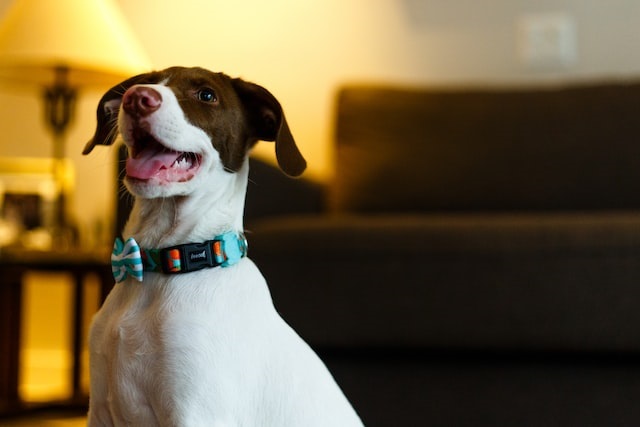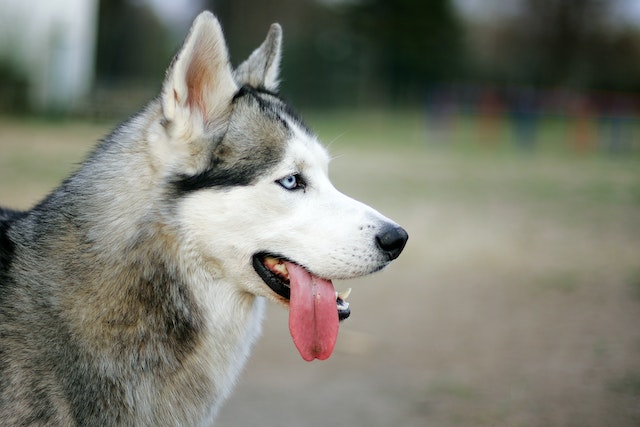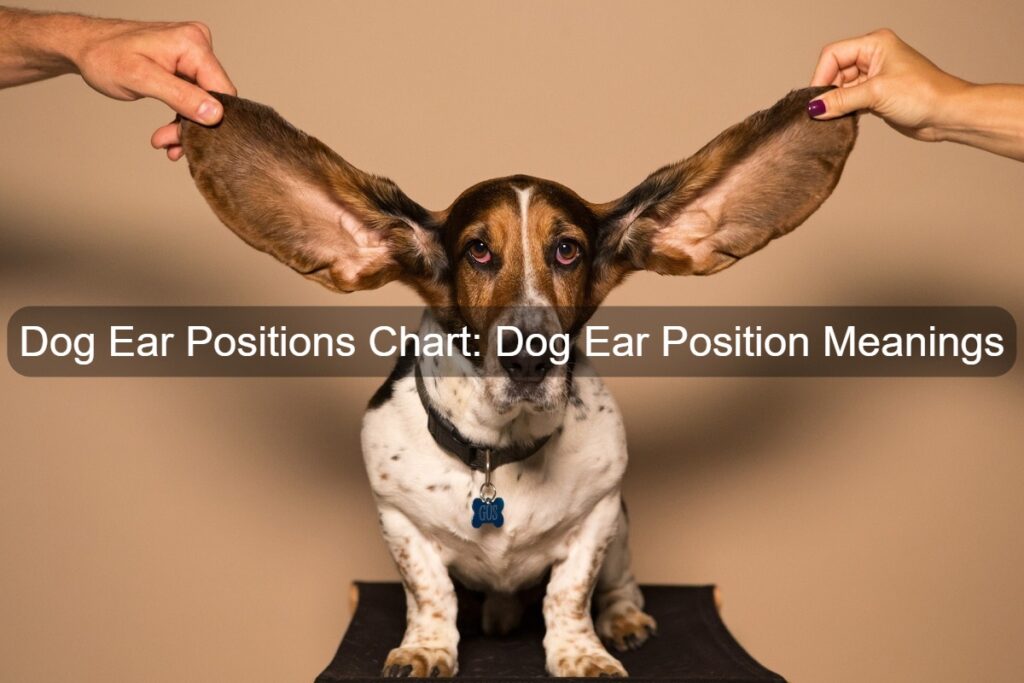It’s challenging to have a conversation with a dog. When you call him, he might listen to you and respond, but you might not understand what he’s trying to say. Therefore, the most approachable way to communicate with your furry friend is to understand his body language. And a dog’s ears speak louder than its entire body. To find out more about dog ear position meanings, continue reading. We’ve also provided a dog ear positions chart for added clarity. So, let’s get going!
Dog Ear Position Meanings
Ears are for listening, but a dog’s ears speak too. A dog ear position chart provides you with a better understanding of your puppy’s emotions. You’ll be able to discover his likes and dislikes by understanding what he is saying with his ears. Some canines’ distinctive ear structures make them difficult to read. In this case, you can determine your dog’s feelings by observing the base of his ears.
Here are some dog ear position meanings that you must know:
Relaxed or Neutral Ears

Relaxed ears and body are an indication of your dog being at ease. Ears that are neither pointing forward nor drooping are considered “neutral.” It indicates that your dog is happy and at ease with you. He is completely relaxed and has nothing to worry about.
Some breeds have ears that are naturally bent or upright. A neutral ear base in these dogs indicates that the animal is content and at peace. A relaxed tongue and an open, wide mouth are other indicators of a happy puppy.
Flat Ears

Flat ears or ears resting back and down are an indication of fear, submission, and anxiety. Your dog is restricting his hearing because he is terrified of something. It’s similar to how we put fingers in our ears during a loud thunderstorm. Flattened ears are typically observed on rescued or abused dogs.
Far back ears might occasionally be a sign of depression in your dog. He might exhibit this sign if he is experiencing separation anxiety. When no one is around to play with him, you will see that his ears lie flat on his head.
Pointed Ears

Pointed ears are usually a sign of alertness and focus. Your dog is attempting to focus on something in that specific direction if his ears are pointed in that direction. It may be forward or backward. If he hears his favorite sound, he may also prick his ears towards the source.
Dogs’ pointed ears can occasionally be a sign of aggression. He may be afraid or threatened by something. He’s now attempting to defend himself by pointing his ears upward. Your dog is telling you, “I am ready to fight in case I confront a risk.”
Pinned Ears

Pinned ears are those that are firmly pressed to the head. These ears show two types of emotions, happiness, and nervousness. To determine whether he is happy or fearful, look out for other body gestures. Your dog is pleased if his ears are pinned and his body is all wiggling. He wants to be petted and cuddled by you. But if his body is tight, pinned ears mean that the dog is nervous around you.
Perked Ears

Perked ears mean that the dog is attentive or intrigued. He may perk his ears up when trying to decipher sounds around him. You may notice the perked ears of your dog when you say, “Come baby! It’s time to eat. ” In this case, the dog will perk his ears to show, “Yes, coming! I was already waiting for the meal.”
Perked ears also mean that your dog is trying to hear better. The sounds are simply interesting to him, and he wants to continue listening to them. A sudden or unusual sound may also cause a dog to perk his ears.
Flicking Ears

We refer to a dog’s back-and-forth ear movements as “flicking ears.” A dog’s ears will flick when he is uneasy about something. He might do that if he’s trying to solve a puzzle. Your dog will move his ears back and forth while thinking about what to do next.
Dog Ear Positions Chart
Ear Positions |
Emotions |
| Relaxed or neutral ears |
Calmness, peace, happiness, contentment |
|
Flattened ears |
Fear, submission, anxiety, depression |
|
Pointed ears |
Focus, alertness, aggression |
|
Pinned ears |
Happiness or nervousness |
|
Perked ears |
Curiosity, attentiveness, surprise |
|
Flicking ears |
Tension, confuse |
Conclusion
A dog’s ears speak volumes. With the help of the above dog ear positions chart, you can know how your pooch is feeling. For each dog’s ear position, meanings are different. You can interpret these positions to know your dog’s likes and dislikes. You can also apply your knowledge of ear positions to defend yourself from an unknown aggressive dog.





